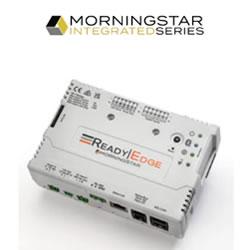Required Heat Loads and Heat Gains
Heat Loads and Heat Gains are being required in more and more parts of the country prior to installations.
HVACR service persons needs to know the dos and don'ts for ACCA's Manual J 8th edition, and the impact of poorly designed systems. Technology has stepped in to make it easier, faster and more accurate for HVACR service personnel.
John Walsh a 40 yr. Veteran of HVAC industry and author of "Hit the Load J", the simplistic way of reading a manual J, conducts national training about heat loads and computerized methods, the importance of heat loads in designing systems, the ins and outs of computerized methods, and how software can help contractors sell against the competition.
John has an array of classes coming up coast to coast in 2008 including the National HVACR Educators and Trainers Conference where he will present on March 17th and 18th.
The Required Heat Loads and Heat Gains training program covers:
1. Why do a Heat Load
a. To size equipment
b. To find room CFM requirement
2. What are heat losses and gains
a. Where do they come from
b. What is the difference between sensible and latent gains
c. he impact on the healthy home
d. The impact on equipment sizing
e. What is a solar gain
f. What's infiltration
g. What is a duct load
h. Impact of Leakage
i. Impact of Location
3. Some types of construction details
a. Concrete slabs
b. Attic
c. Partition Wall
d. Skylights
4. Equipment Sizing and a Heat Load
a. Is bigger better
b. Why
To find out more about the Required Heat Loads and Heat Gains, call 859-331-1066, visit www.tftt.com or see this program
during the National HVACR Educators and Trainers Conference in Las Vegas, March 16-19, 2008 http://www.hvacexcellence.org/educatorsandtrainersconference.htm
Featured Product

MORNINGSTAR - ReadyEdge
The ReadyEdgeTM (RE-1) accessory is an intelligent system controlling and reporting device meant to make monitoring your solar energy system more transparent. Enabling access to LiveViewTM 2.0 and Morningstar Solar ConnectTM, ReadyEdge provides data from all compatible Morningstar devices in your system. It is designed to be paired with the three ReadyBlock options, up to six total, with the possibility to use multiple ReadyShunts and ReadyRelays. The ReadyEdge is compatible with select Morningstar products.
